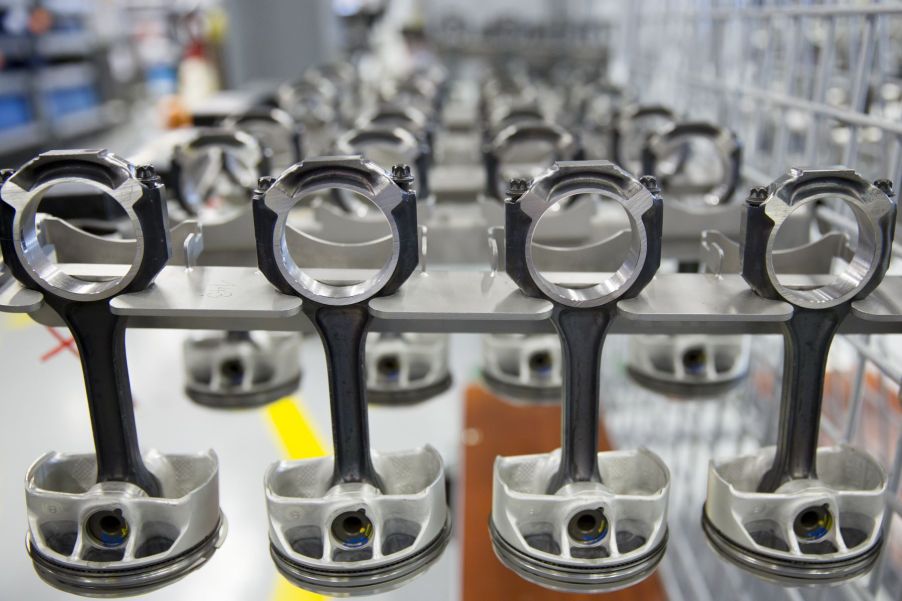
3 Auto Parts Needed to Calculate Piston Compression Height
Understanding the different parts of your engine may seem confusing. However, when it comes to calculating piston compression height, there are only three auto parts you need to be aware of. Understanding piston compression height is important because it helps optimize an internal combustion engine’s power and fuel efficiency. Let’s look at these three maintenance auto parts and how they work together to calculate piston compression height.
Part 1: Block deck height
The block deck height is the distance between the center of the crankshaft and the top of the block’s cylinder head mating surface. This part is crucial because it affects how much room there is for the pistons to move up and down within the cylinders and how much compression the engine can handle before it reaches its maximum capacity. To accurately measure this part, you will need an engine stand with a dial indicator or micrometer mounted on it. The readings should be taken directly above the crankshaft centerline for best results.
Part 2: Connecting rods’ length

The connecting rods’ length is measured from one end of the rod to another end, including all metal components, such as bolts and washers. This part is crucial because it affects how far away from each other the two opposing pistons are when they reach the top dead center (TDC). If this distance is too short, then too much pressure will be created in the cylinders when they reach TDC, which could cause engine damage or failure. To accurately measure this part, you will need a set of calipers or a ruler with millimeter markings. The readings should be taken directly above one end of the rod for the best results.
Part 3: Crank stroke
The crank stroke is measured from one end of the crankshaft to another end, including all metal components. This part is important because it determines how far up and down each piston moves in relation to each other when they reach TDC or BDC (bottom dead center). If this distance is too long, then not enough pressure will be created in the cylinders when they reach TDC. To measure, you will also need a set of calipers or a ruler with millimeter markings. Take the readings above one end of the crank.
According to MotorTrend, it’s important to note that “Piston compression height is the distance between the centerline of the pin to the flat part of the top of the piston.” This number will come in handy when ordering pistons. You can also use an online piston compression height calculator to help you, from UEM Pistons.
The bottom line regarding piston compression height
By understanding these three parts—block deck height, connecting rod length, and crank stroke—you can calculate piston compression height without taking your car into a shop! So, if you’re looking to better understand your vehicle’s performance without spending extra money at a shop, measuring these three auto parts may do that trick!



